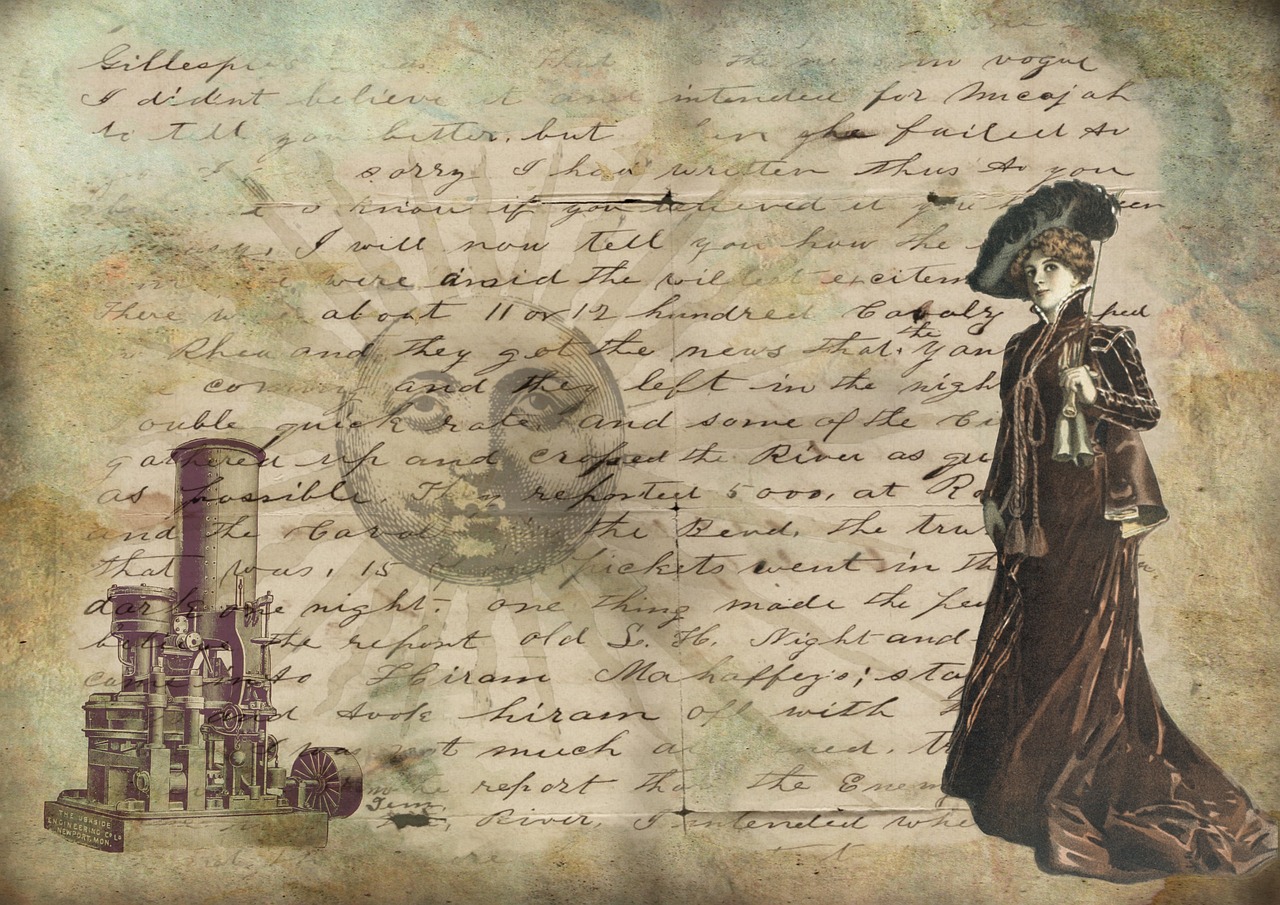
A hot cup of tea and a good mystery novel is a wonderful way to spend a winter afternoon. In the past couple of years I've immersed myself in the mystery fiction genre, and find that I enjoy the literary twists and turns, the mystery of it all.
Mystery fiction owes some of its' beginnings to pamphlets known as broadsides, that were given out at public executions in England (as early as the Elizabethan age). These pamphlets would detail the criminal exploits of the person being executed and were often highly exaggerated or romanticized, depending upon whether the writer wanted to inspire the public towards vitriol or compassion. Sometimes a poetic verse would be included, something easy for the public to remember, along with a reminder to not indulge in the same type of exploits.
Many historians consider the first mystery novel to be The Adventures of Caleb Williams by William Godwin, published in 1794. It is also a scathing rebuke of the legal system and was considered controversial. In fact, the story itself is not so much focused on the mystery, rather it focuses on injustices and biases especially towards those in poverty who face wrongful accusations of crime.
The first detective story to be published was written by Edgar Allan Poe in 1841. Poe introduced the character of C. Auguste Dupin in his story "The Murders in The Rue Morgue". This story was followed by "The Mystery of Marie Roget" and "The Purloined Letter". Poe also created the "locked room" mystery trope in which the crime takes place in a locked room and the detective solves the mystery of how, why, and who did the crime. So Edgar Allan Poe is the originator of the horror and mystery literary genres, and (quite possibly) the escape rooms which have become popular in recent years. Prolific indeed.
The best known and most highly acclaimed of all literary detectives is Sherlock Holmes, created by Sir Arthur Conan Doyle in 1887. Sherlock Holmes is the quintessential British detective, knowledgeable and observant. His deductions are made through observation, intellect, serious consideration, and the gathering of forensic evidence. Forensic science was a new field in the Victorian Age, but so many advances were made in a short amount of time, and led into the modern field of forensics (including fingerprint analysis, ballistics, toxicology, blood splatter analysis, and criminal profiling). All of this real world science found its way into literature with Sherlock Holmes. Or, as Holmes would say "Elementary, my dear fellow".
Sherlock Holmes
Many other writers have been inspired by Sir Arthur Conan Doyle's writings, and have created works inspired by the character of Sherlock Holmes or by other characters from those stories. Of all the aficionados of Sherlock Holmes, the best known is probably basketball player (and writer) Kareem Abdul-Jabbar. He has been reading Sir Arthur Conan Doyle's writings since the age of 19, and used Holmesian deduction skills on the basketball court. He is so inspired by these novels that he even wrote a series of books featuring Mycroft Holmes (Sherlock's older brother).
Inspired By Sherlock Holmes
Keep your deerstalker hat and magnifying glass handy!
Part Two of "It's So Mysterious...." is where we delve into the Victorian obsession with true crime, and the Neo-Victorian mystery fiction genre.
Part Two will be published on Feb 23, 2023.


Add a comment to: It’s So Mysterious….Pt 1